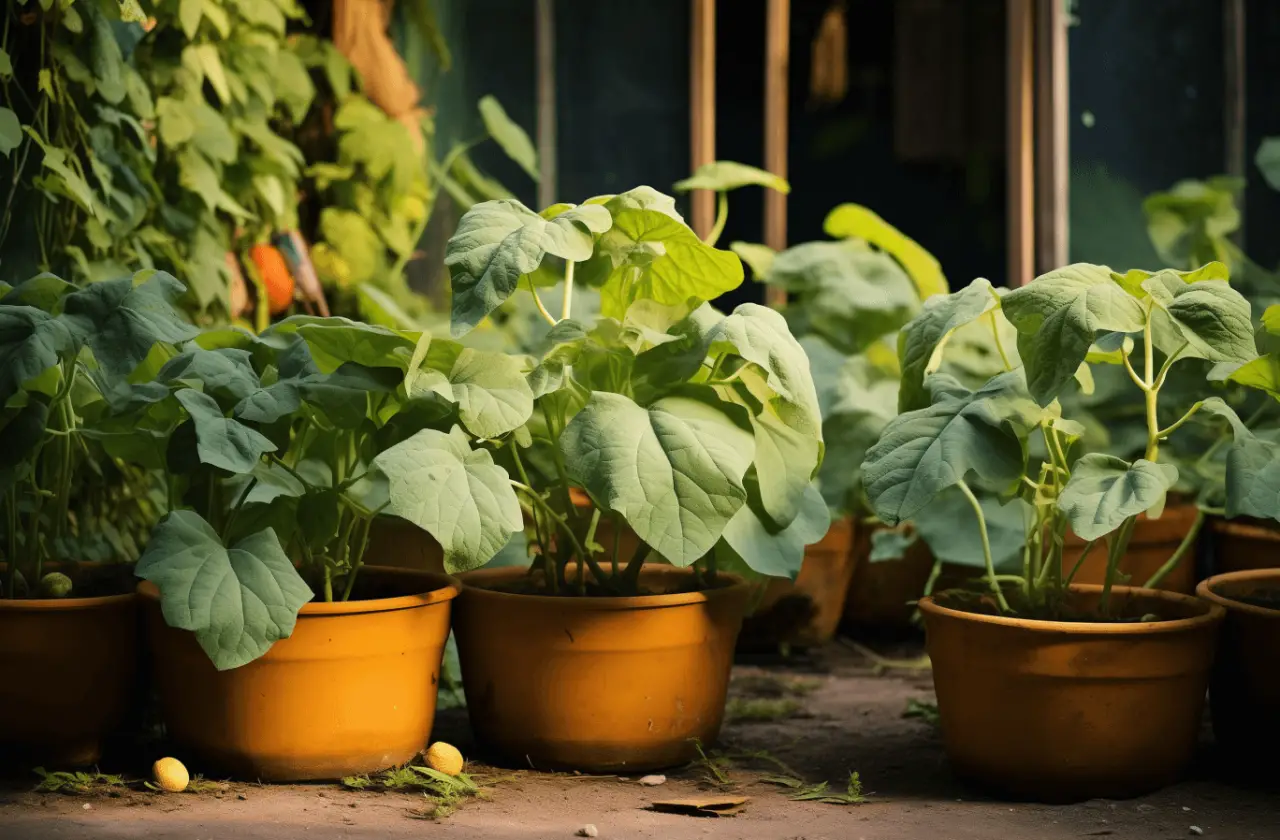Growing Butternut Squash in Containers and Pots: A Comprehensive Guide

Gardening enthusiasts often dream of sprawling vegetable patches, but the reality of space constraints can sometimes be disheartening. However, with the right approach, even the most space-challenged gardener can reap the rewards of homegrown produce. Enter butternut squash, a versatile and delicious vegetable that, contrary to popular belief, can thrive in containers and pots. This guide will walk you through the essentials of growing butternut squash in smaller spaces, ensuring a bountiful harvest.
Why Choose Butternut Squash for Container Gardening?
Butternut squash, with its sweet, nutty flavour, is a favourite in the kitchen and can be just as successful in a container garden. Its vining nature means it can be trained to grow vertically, saving valuable horizontal space on patios, balconies, or even window ledges.
Selecting the Right Container
The key to success starts with choosing the right container. A Butternut squash plant requires a pot that’s at least 18-24 inches in diameter and equally deep to accommodate its root system. Ensure the container has adequate drainage to prevent waterlogging, which can lead to root rot.
Selecting the Right Variety
When embarking on the journey of growing butternut squash, in containers or pots, selecting the right variety is paramount, especially when dealing with a small space. While traditional butternut squash can sprawl extensively, there are bush varieties specifically bred for their compact growth habit – one of our favourites is the aptly named Butterbush variety.
These bush varieties are ideal for container gardening, as they require less room to flourish while still providing the full-sized, flavorful squashes you anticipate. By choosing a bush variety of butternut squash for your container garden, you ensure that even with limited space, you can enjoy the full experience of growing this beloved winter squash.
Growing Butternut Squash from Seed
To cultivate butternut squash in a container, start with quality butternut squash seed. Planting in a container that’s at least 18-24 inches deep will give your squash the space it needs without overcrowding. Sow the seeds approximately one inch deep, which is the sweet spot for encouraging proper germination without burying them too far from the warmth of the sunlight.
This depth ensures that the squash seeds have ample room to develop a sturdy root system while remaining close enough to the surface to sprout with ease. By providing consistent care and monitoring, your butternut squash seeds will set the stage for a healthy growth cycle, leading to a satisfying harvest.
Soil and Fertilisation
A well-draining potting mix is essential for growing butternut squash in containers. The soil should be rich in organic matter, so consider adding compost or a balanced, slow-release fertilizer to provide the nutrients these hungry plants need.
Sunlight and Watering
Butternut squash demands full sun, so place your containers in a spot that receives at least 6 hours of direct sunlight daily. Regular watering is crucial, especially during the flowering and fruiting stages, but be careful not to overwater – just ensure that the plant has moist soil, but is not waterlogged.
Pollination and Support
While butternut squash plants are typically pollinated by bees, container plants might require a helping hand. You can gently transfer pollen from male to female flowers using a small brush or even your fingertip. Providing support with a trellis or stakes is also important to keep the vines from sprawling and the developing squash from resting on damp soil.
Harvesting Your Butternut Squash
You’ll know it’s time to harvest when the skin turns a deep tan and the stem begins to dry. Cut the squash from the vine with a sharp knife, leaving a few inches of stem attached. Store in a cool, dry place and your butternut squash can last for months.
Conclusion
Growing butternut squash in containers and pots is a rewarding endeavour that brings the joy of vegetable gardening to those with limited space. With careful attention to container size, soil quality, sunlight, watering, and pollination, you can enjoy the fruits of your labour from a compact garden space. If you’re looking for other crops you can easily grow in pots, then we have a whole list of the top ten vegetables that we’d suggest growing in containers.






